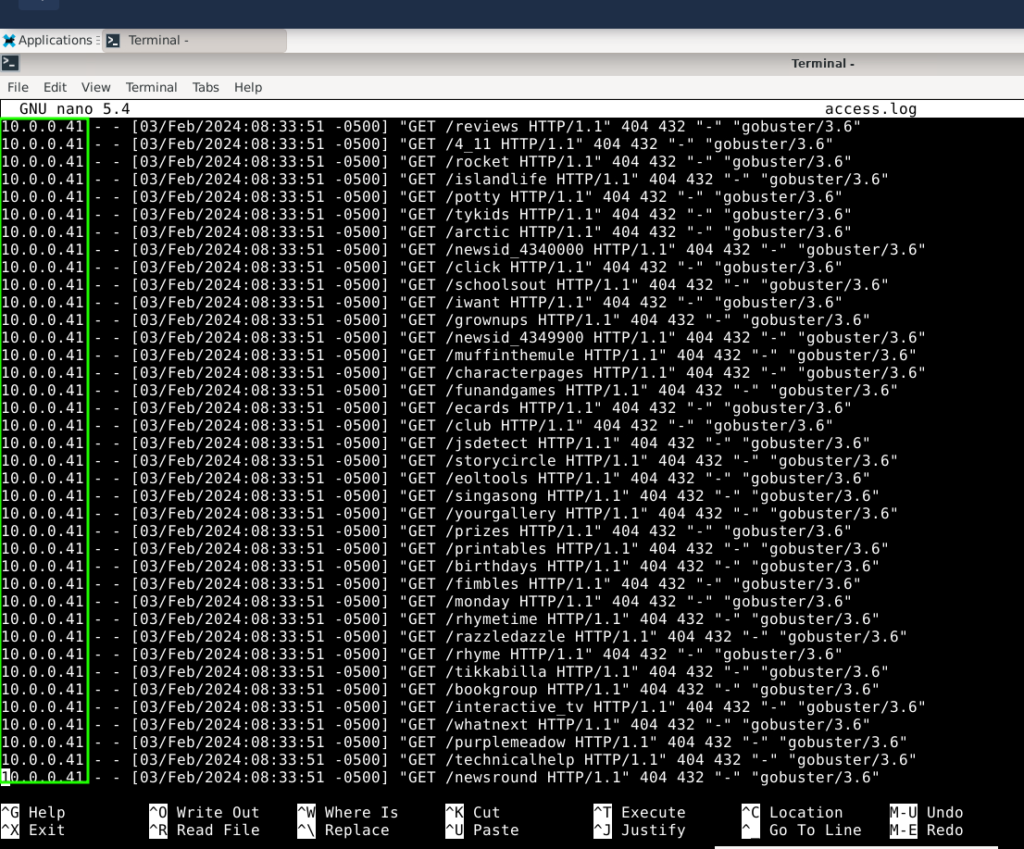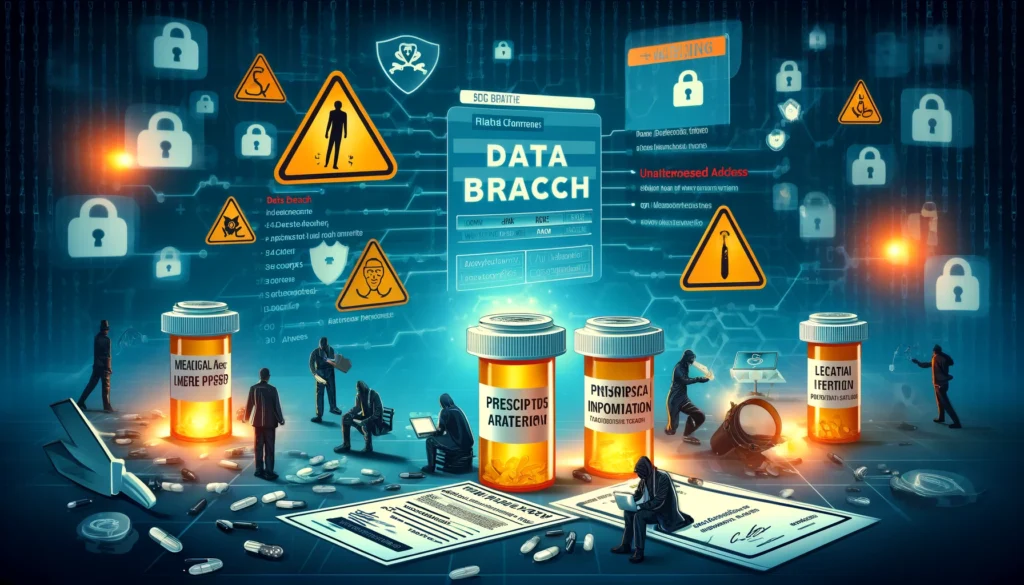In the ever-changing world of Cybersecurity, network security stands as the vanguard against an array of digital threats. At the forefront of this defense is the firewall, a stalwart guardian that plays a pivotal role in securing our interconnected world.
Understanding Firewalls
A firewall, at its essence, is a digital sentinel. It scrutinizes the ebb and flow of network traffic, deciding which packets are welcome and which are turned away. The core function is to establish a secure perimeter, shielding internal networks from the perils of the external digital realm.
Types of Firewalls
Firewalls are not one-size-fits-all. Understanding their types — packet filtering, stateful inspection, proxying, and application-layer filtering — allows us to grasp the nuanced ways they secure our networks.
Historical Evolution
The 1980s witnessed the nascent stages of networking. Security was an afterthought as systems operated in isolation. However, with the expansion of networks, the need for security measures became apparent.
Emergence of the Term “Firewall”
In the late 1980s, the term “firewall” entered the cybersecurity lexicon. Digital Equipment Corporation’s (DEC) SEAL system in 1992 marked a significant stride towards dedicated firewall solutions.
Notable Milestones in Firewall Development
From Check Point’s FireWall-1 in 1993 to the emergence of Next-Generation Firewalls in the 2010s, the timeline is punctuated with milestones that have shaped firewall technology.
Key Components of a Firewall
Packet Filtering
Imagine a firewall as a meticulous bouncer at a club entrance, deciding who gets in based on factors like source/destination IP and port numbers. This is the realm of packet filtering.
Stateful Inspection
Going beyond individual packets, stateful inspection keeps tabs on the state of active connections. It understands the context, making decisions based on the connection’s status.
Proxying
Proxy firewalls act as intermediaries, forwarding requests between clients and servers. This not only adds a layer of security but also conceals direct communication between them.
Application-Layer Filtering
Operating at the application layer, this firewall type analyzes the content of traffic, allowing for precise control over specific applications or services.
Hardware vs. Software Firewalls
Distinguishing between hardware and software firewalls involves understanding their features and choosing based on the specific needs of a network.
How Firewalls Work
Packet Flow Analysis
Understanding the journey of a packet through a firewall provides insights into how decisions are made, and traffic is either allowed or denied.
Rule-Based Decision Making
Firewalls follow a set of rules, determining the fate of incoming and outgoing packets. This rule-based decision-making process is the bedrock of their functionality.
Handling of Stateful Connections
Stateful firewalls maintain awareness of the state of active connections, ensuring that established connections are allowed while thwarting unauthorized attempts.
Firewall Configurations
Default Policies
Setting default policies dictates how a firewall behaves when faced with unclassified or unregulated traffic, providing a foundational layer of security.
Rule Sets and Order of Execution
The hierarchy and order of firewall rules impact the effectiveness of the security measures in place. Understanding this ensures a well-organized defense.
Creating Access Control Lists (ACLs)
Access Control Lists (ACLs) enable granular control over traffic by specifying which types of traffic are permitted or denied, enhancing the precision of network security.
Common Firewall Challenges
False Positives and Negatives
Striking the right balance in filtering is crucial. False positives and negatives pose challenges, affecting the efficiency of a firewall.
Impact on Network Performance
While essential, firewalls can impact network performance. Balancing security with operational efficiency is a perpetual challenge.
Scalability Concerns
As networks grow, ensuring that firewalls scale effectively without compromising security becomes a critical consideration.
Best Practices in Firewall Management
Regular Updates and Patching
Keeping firewalls updated with the latest security patches is akin to reinforcing the castle walls. Regular maintenance is key to staying ahead of potential threats.
Monitoring and Logging
Vigilant monitoring and detailed logging empower network administrators to detect, analyze, and respond to security incidents effectively.
Regular Security Audits
Periodic security audits help identify vulnerabilities, ensuring that the firewall configuration aligns with the evolving threat landscape.
Integration with Other Security Measures
Role in Unified Threat Management (UTM)
Firewalls play a central role in Unified Threat Management (UTM), collaborating with other security measures to create a comprehensive defense strategy.
Collaborative Defense Strategies
Integration with antivirus, intrusion detection/prevention, and content filtering enhances the collective strength of a network’s defense mechanism.
Real-World Applications
Industry Use Cases
Examining how different industries implement firewalls provides insights into diverse strategies, adapting to specific challenges and regulatory requirements.
Firewall Deployment Strategies
Understanding various deployment strategies helps tailor firewall solutions to specific organizational needs, ensuring optimal protection.
Future Trends in Firewall Technology
Machine Learning and AI Integration
The incorporation of machine learning and artificial intelligence signals the future direction of firewall technology, enhancing threat detection and response capabilities.
Cloud-Based Firewall Solutions
As computing migrates to the cloud, the future of firewalls lies in cloud-based solutions, offering scalability and flexibility.
In conclusion, grasping the fundamentals of firewalls opens a gateway to understanding how these digital sentinels shape the landscape of network security. From their historical roots to their future evolution, firewalls remain indispensable in safeguarding our interconnected digital realms.












